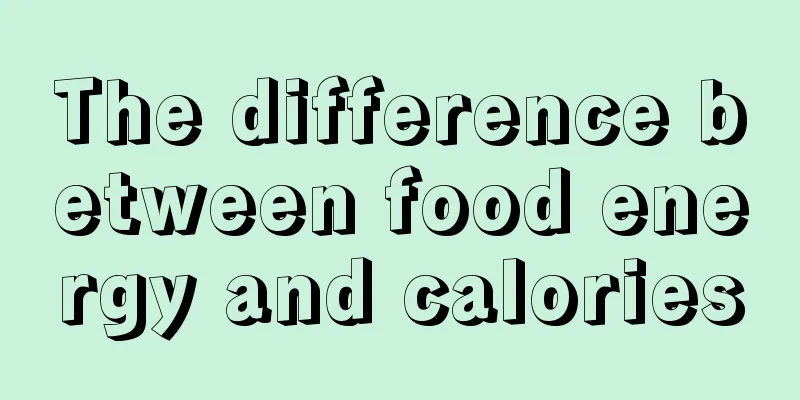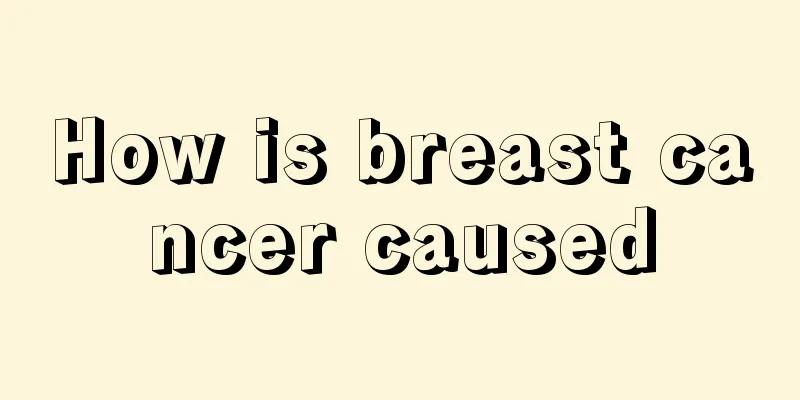The difference between food energy and calories

|
Energy is a relatively large concept, and heat also belongs to the category of energy and is a part of it. The energy we talk about often includes many aspects. The energy of food refers to the properties of the food itself. The energy provided by food is a substance used to maintain the normal life activities of the human body. Heat refers to the substance produced after people eat this food. The heat will then be converted into energy stored in the human body, so there is still a difference between the two. 1. The energy on food packaging is the same concept as the calories we talk about. The commonly used kilojoules (kj) and calories (kcal) are both energy (calorie) units, but they are not equivalent units. 1 kcal = 4.18 kilojoules. Under normal circumstances, 1g of water can be interchanged with 1ml of water, but other things, such as milk, cannot be completely interchanged in this way. However, when the amount of liquid is small, you can convert g and ml to equivalent values. Although there is a certain error, it has little effect on calories when the amount is small. 2. The human body consumes energy every moment, which is provided by the thermogenic nutrients in food. The nutrients in food that can produce calories are protein, fat and carbohydrates. They are oxidized to generate heat for the body to maintain life, growth, development and movement. When too much heat energy is supplied, the excess heat will be stored as fat. Over time, the body will become fat. Food energy refers to the energy released by food used in the entire digestive process in the body to maintain various life activities in the body and to do work externally. 3. Energy is the basis of nutrition and the first nutritional attribute of food. Food provides energy to sustain various life activities of the human body - without energy, humans cannot survive. Various forms of energy can be converted into heat energy, so energy is usually measured in units of heat energy, that is, calories. 1 calorie refers to the amount of heat absorbed when 1 gram of water rises 1°C. Since the average person consumes 2000,000 calories per day, this number is too large, so nutritionists often use kilocalories as the unit of food energy, 1kcal + 1000cal. Currently, in many scientific studies, joule is usually used as the unit of food energy. 4. Calories refer to the so-called calories, such as carbohydrates. Energy is a relatively large category, which includes the calories contained, but most of it cannot be decomposed in time and is stored in the human body, such as fat and protein. 5. The calories and energy contained in food are not the same concept. Calories are the energy consumed by the human body every moment, which is provided by the heat-producing nutrients in food. The nutrients in food that can produce calories are protein, fat and carbohydrates. They are oxidized to generate heat for the body to maintain life, growth, development and movement. Food energy refers to the energy released by food used in the entire digestive process in the body to maintain various life activities in the body and to do work externally. |
<<: Can you eat food that cockroaches have crawled over?
>>: What foods are incompatible with chestnuts
Recommend
Femoral tendon fracture
Femoral neck fractures often occur in the elderly...
What are the methods of home care for liver cancer? Recommended Chinese medicine prescriptions for treating ascites caused by liver cancer
What are the methods of home care for liver cance...
Bitter taste in the mouth is caused by these reasons!
In daily life, many people find that their mouths...
Which badminton racket is better
Badminton is also a sport. Our whole body can be ...
At which step should the powder be used
Pressed powder can be used to set makeup or touch...
How to treat small liver cancer? Mainly surgical treatment
Small liver cancer is an early stage liver cancer...
Does soaking Chinese medicine for a long time have any effect?
As people pay more and more attention to their he...
Scientific weight loss methods teach you how to lose weight healthily
Losing weight is a topic that people often talk a...
Will eating moldy food cause liver cancer? You should know these causes of liver cancer
Liver cancer is a highly malignant tumor disease ...
Analysis of the three major symptoms of advanced bladder cancer
Bladder cancer is a common disease in people'...
What is the cause of subcutaneous hemorrhages in the calf? Allergic purpura may be serious
Subcutaneous hemorrhages on the calves are also k...
What to eat to cure indigestion and cough quickly
There are many reasons for coughing, such as resp...
Professional treatment for back and leg pain is effective
Nowadays, many people suffer from back and leg pa...
Hospital skin cancer screening method
Skin cancer is the most common type of cancer in ...
Can I drink goat milk when I have a cold? Can I drink goat milk when I have a cold and cough?
Cold is a common disease, and it is usually a ver...









